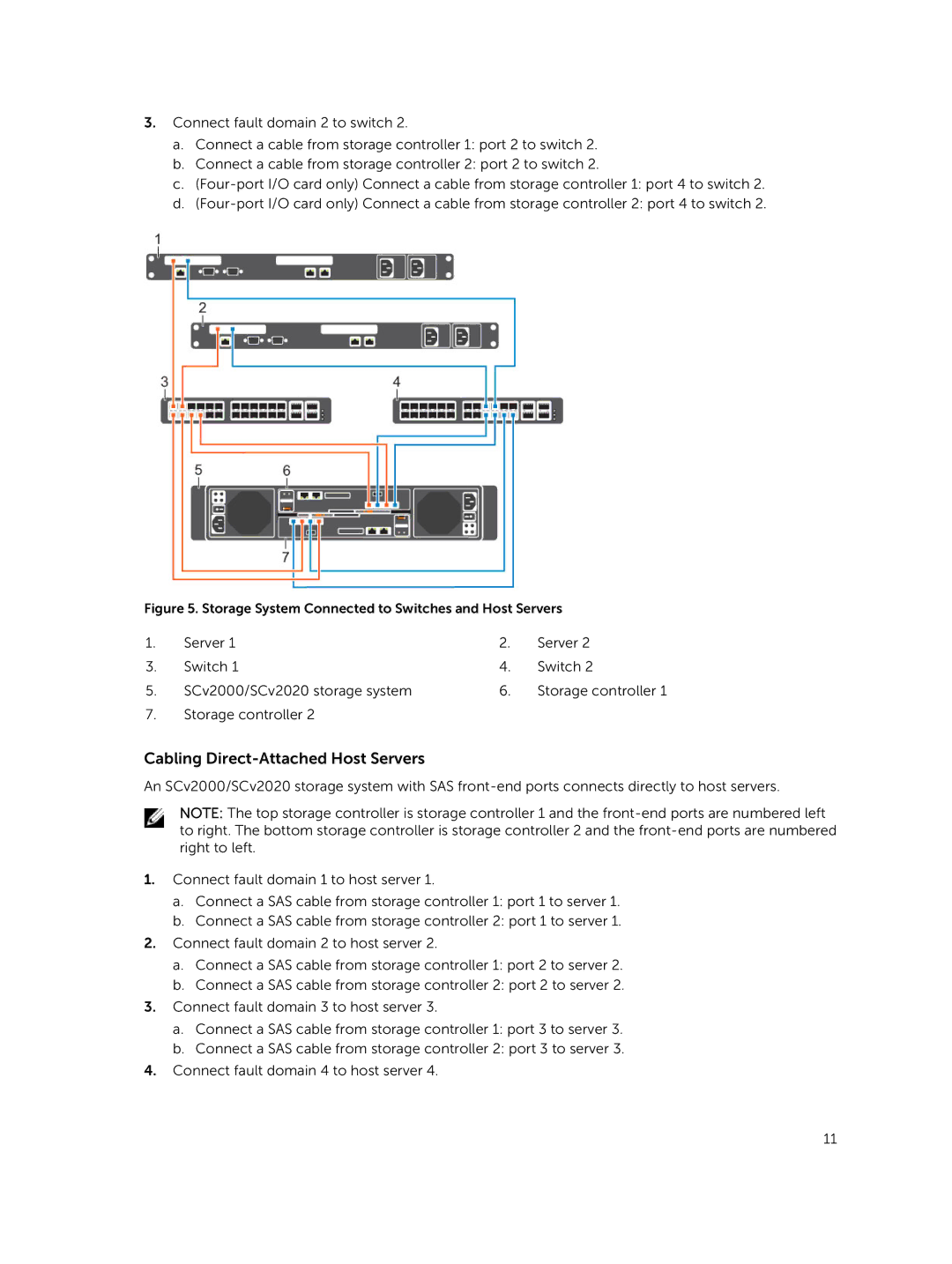SCv2000, SCv2020 specifications
The Dell SCv2020 and SCv2000 storage arrays are part of the Dell Storage SC Series, designed to deliver high performance and scalability for various storage needs in enterprise environments. These storage solutions cater to businesses looking to enhance their data management while ensuring cost-effectiveness and ease of use.One of the standout features of the SCv2020 and SCv2000 is their flexibility in scaling. These systems support both hybrid and all-flash configurations, allowing organizations to choose the right mix of speed and capacity for their workloads. With the ability to scale from a few terabytes up to several petabytes, these arrays can grow alongside the user's needs.
The storage solutions employ an innovative architecture that includes features such as automated tiering. This technology automatically moves data to the most appropriate storage media, optimizing performance based on usage patterns. In addition, the SC Series integrates advanced data protection mechanisms, including snapshots and replication, ensuring data integrity and availability.
Both the SCv2020 and SCv2000 are equipped with sophisticated management tools, which offer intuitive user interfaces and comprehensive monitoring options. These tools help administrators maintain optimal performance and quickly respond to potential issues. The systems also support integration with various third-party applications, making it easier for organizations to incorporate storage into their existing infrastructure.
Another important technology featured in these systems is deduplication and compression, which significantly reduce the amount of physical storage space required. This not only lowers operational costs but also increases the efficiency of data storage.
Power efficiency is also a key characteristic of the SCv2020 and SCv2000. These arrays utilize energy-efficient components and design strategies that help reduce overall power consumption, which is an important consideration for enterprises aiming to lower their carbon footprint and decrease utility costs.
Security features are robust as well, with built-in encryption capabilities to protect sensitive data while at rest and in transit. This ensures compliance with regulatory requirements and helps safeguard against data breaches.
In summary, the Dell SCv2020 and SCv2000 storage arrays provide a versatile, high-performance solution for organizations looking to optimize data storage and management. Their scalability, automated tiering, advanced management tools, deduplication, power efficiency, and security features make them an attractive option for enterprises seeking to future-proof their IT infrastructure.

